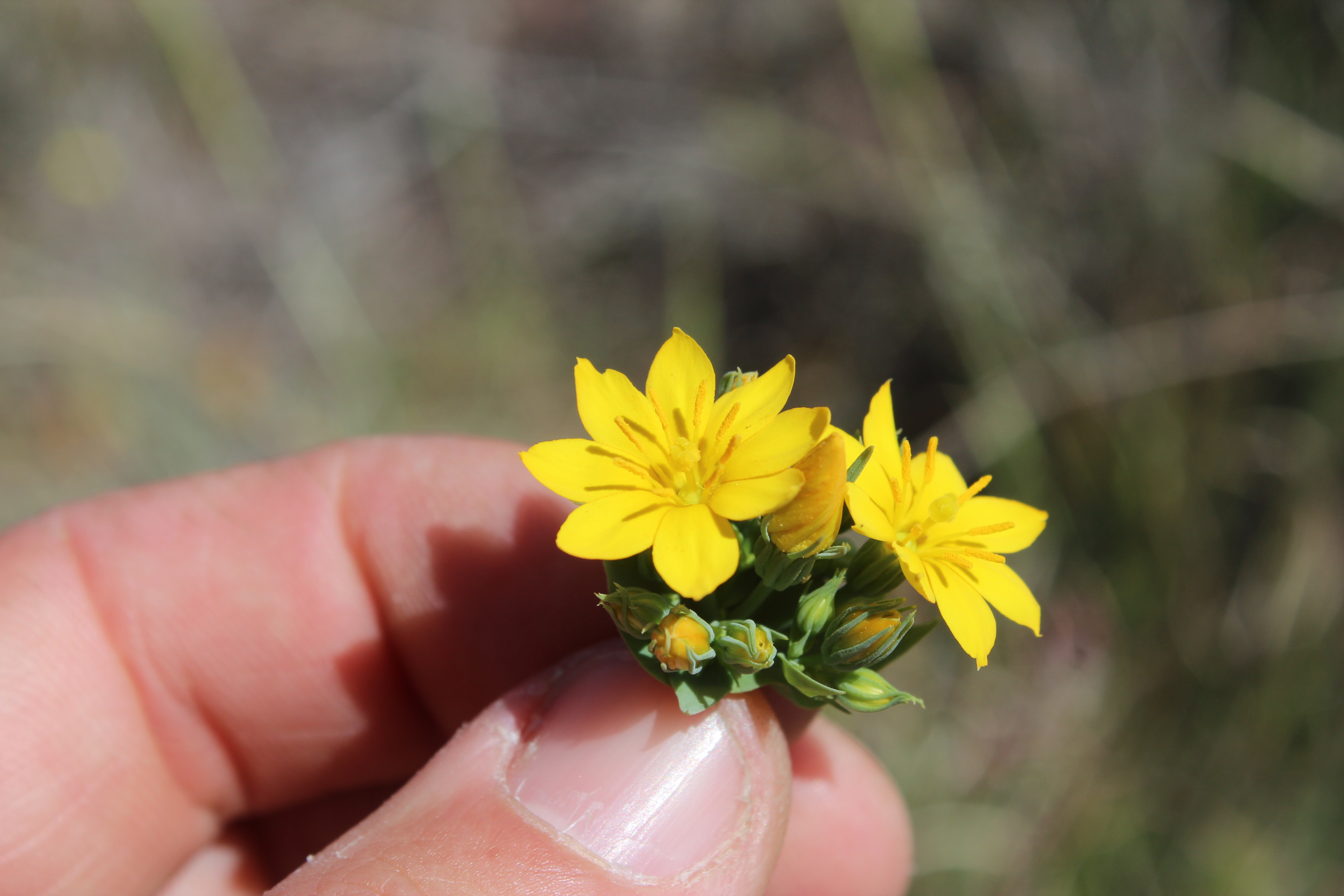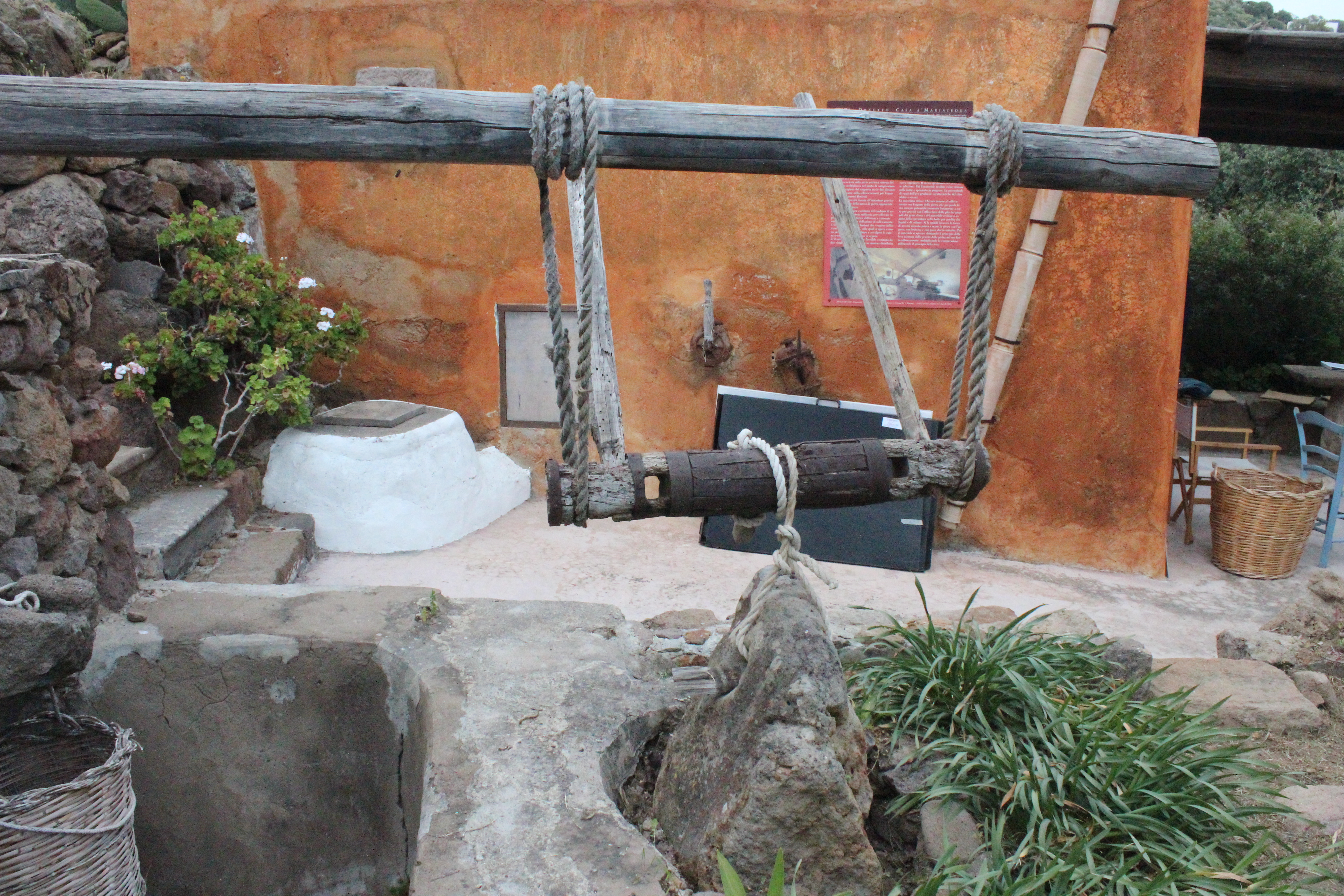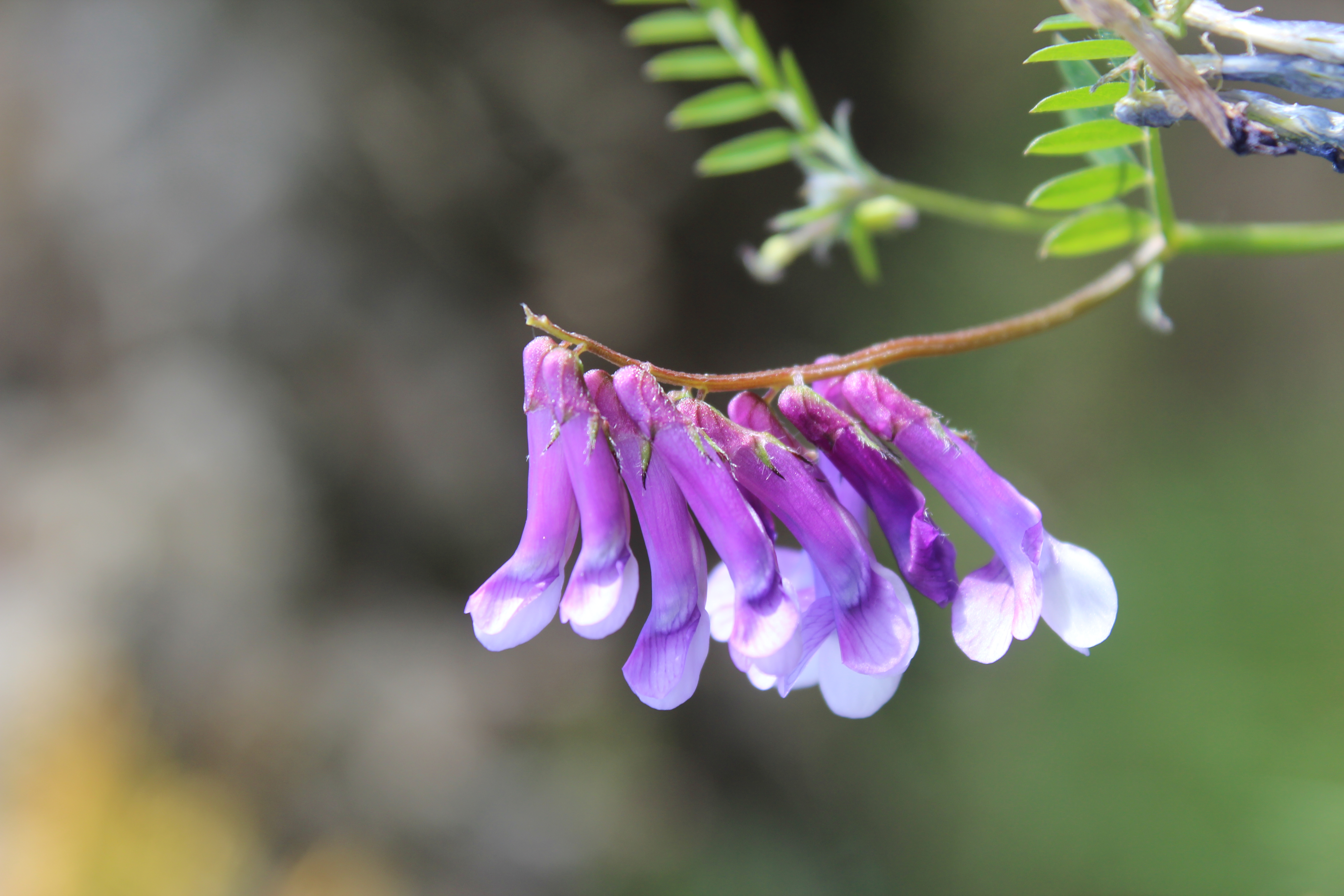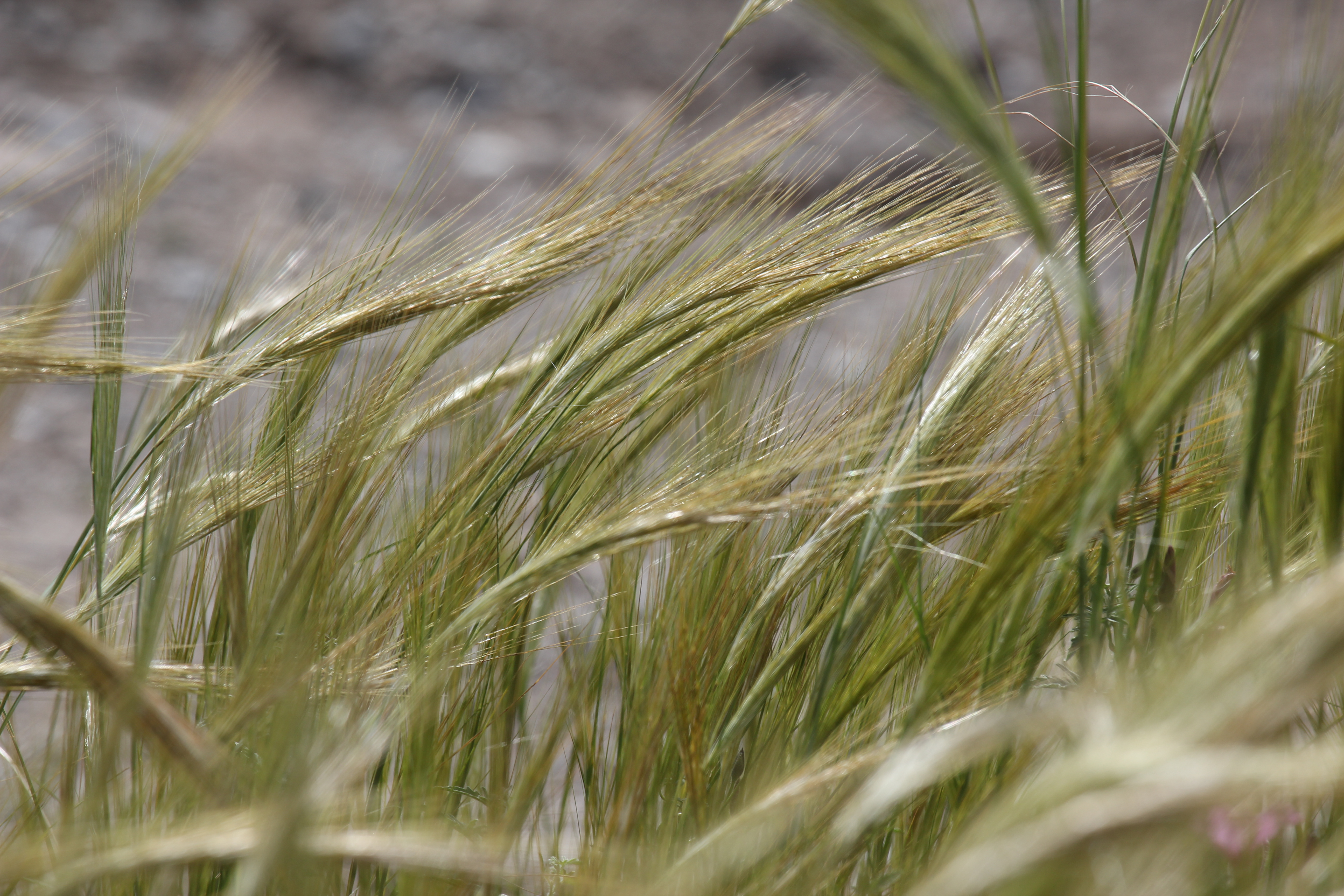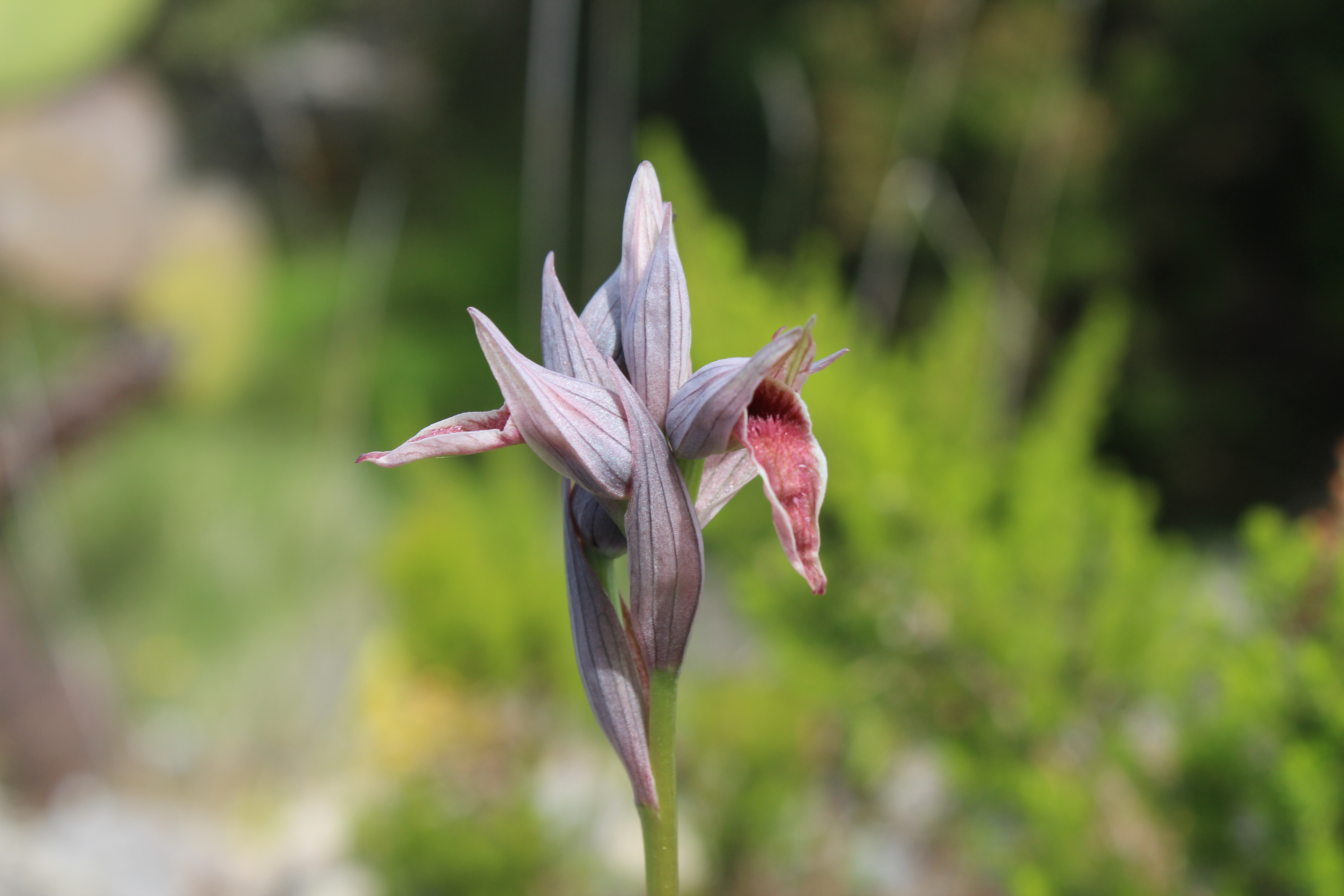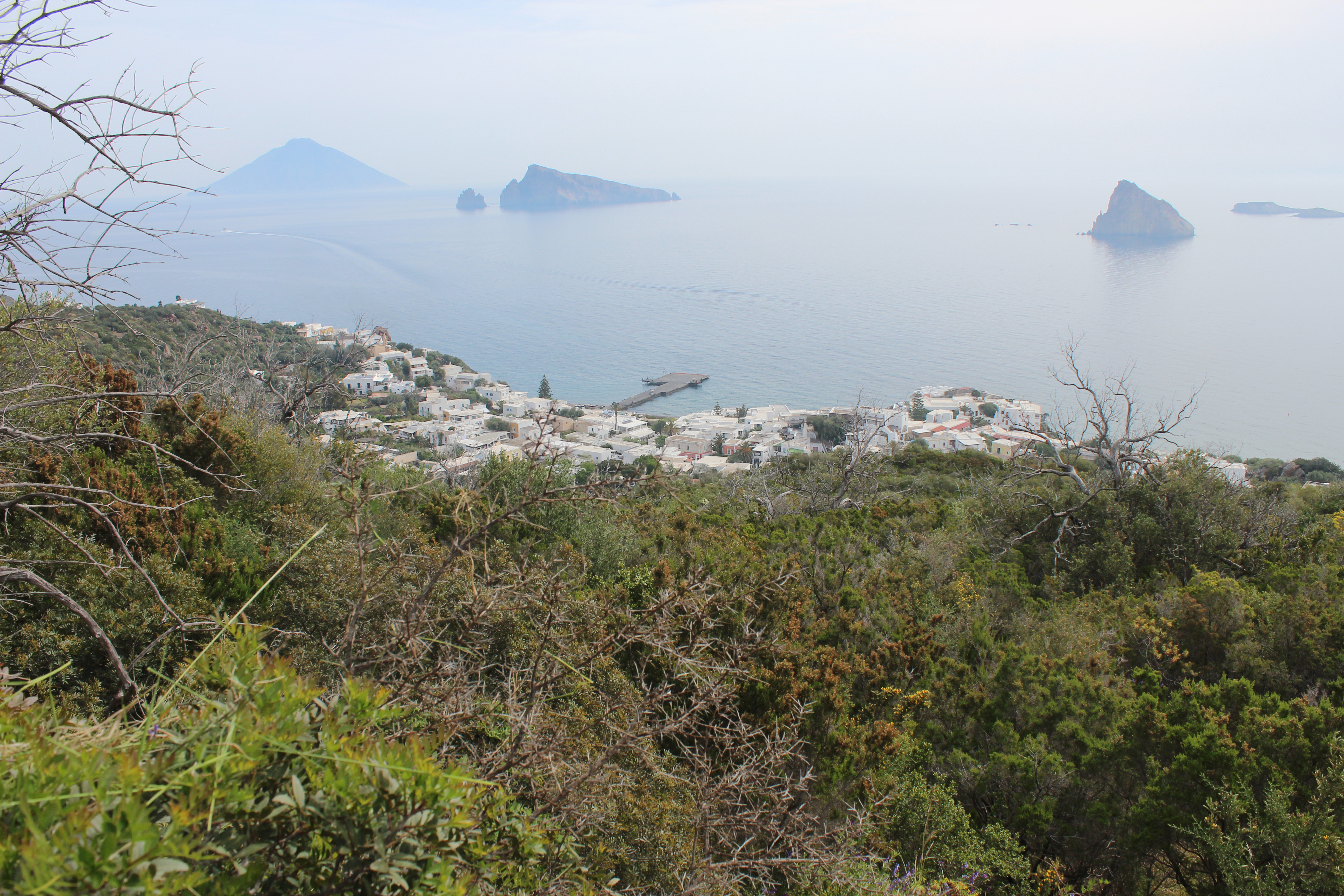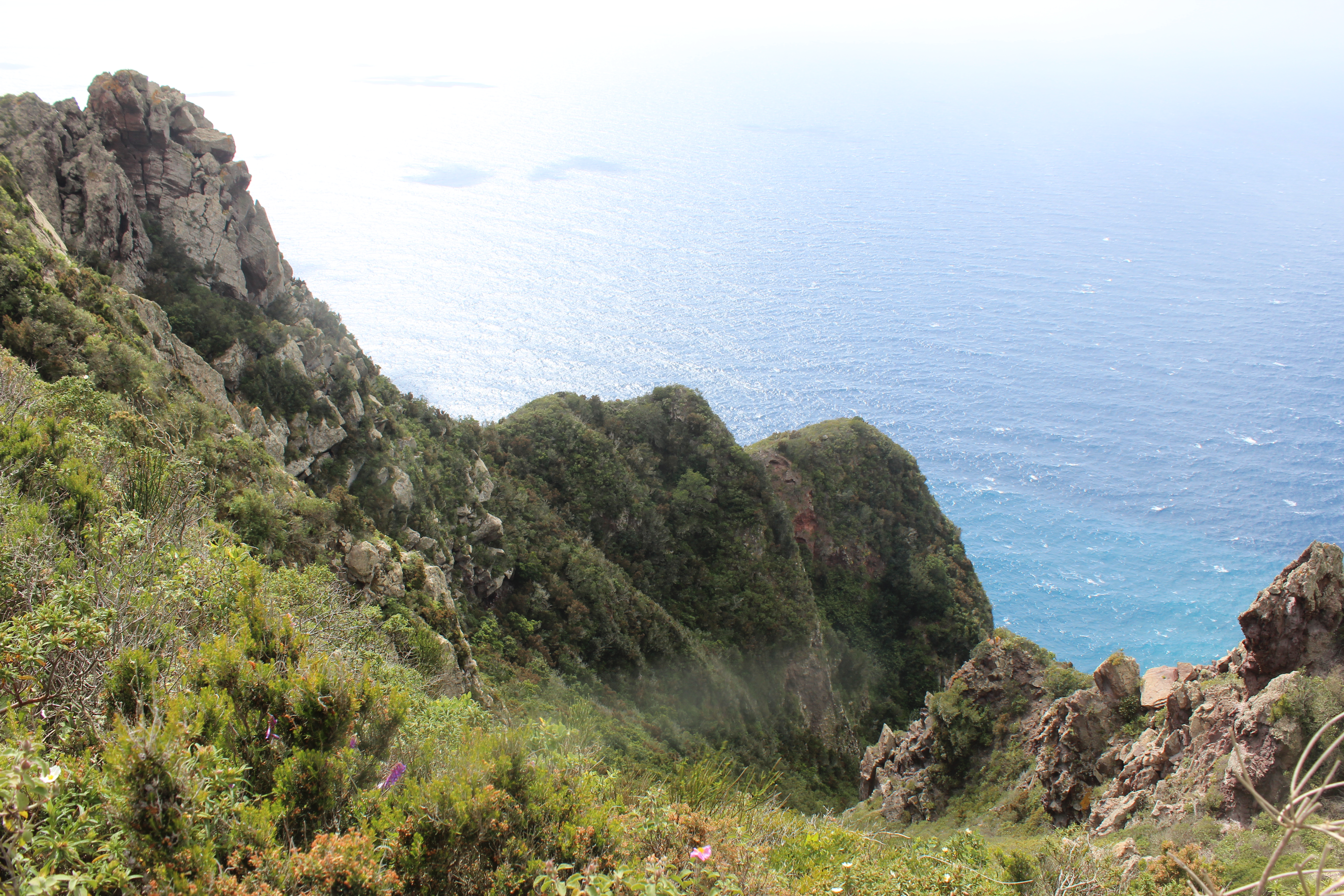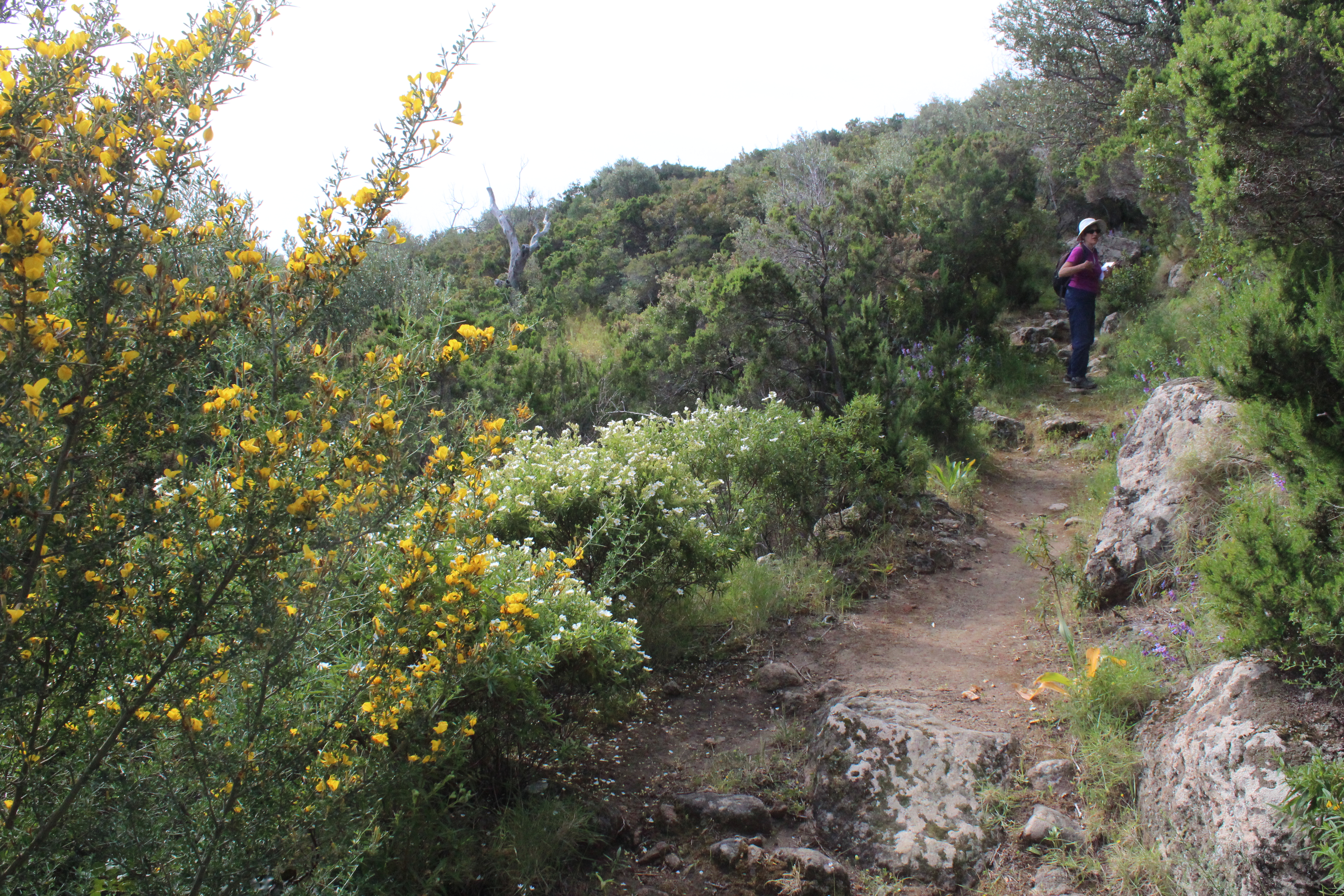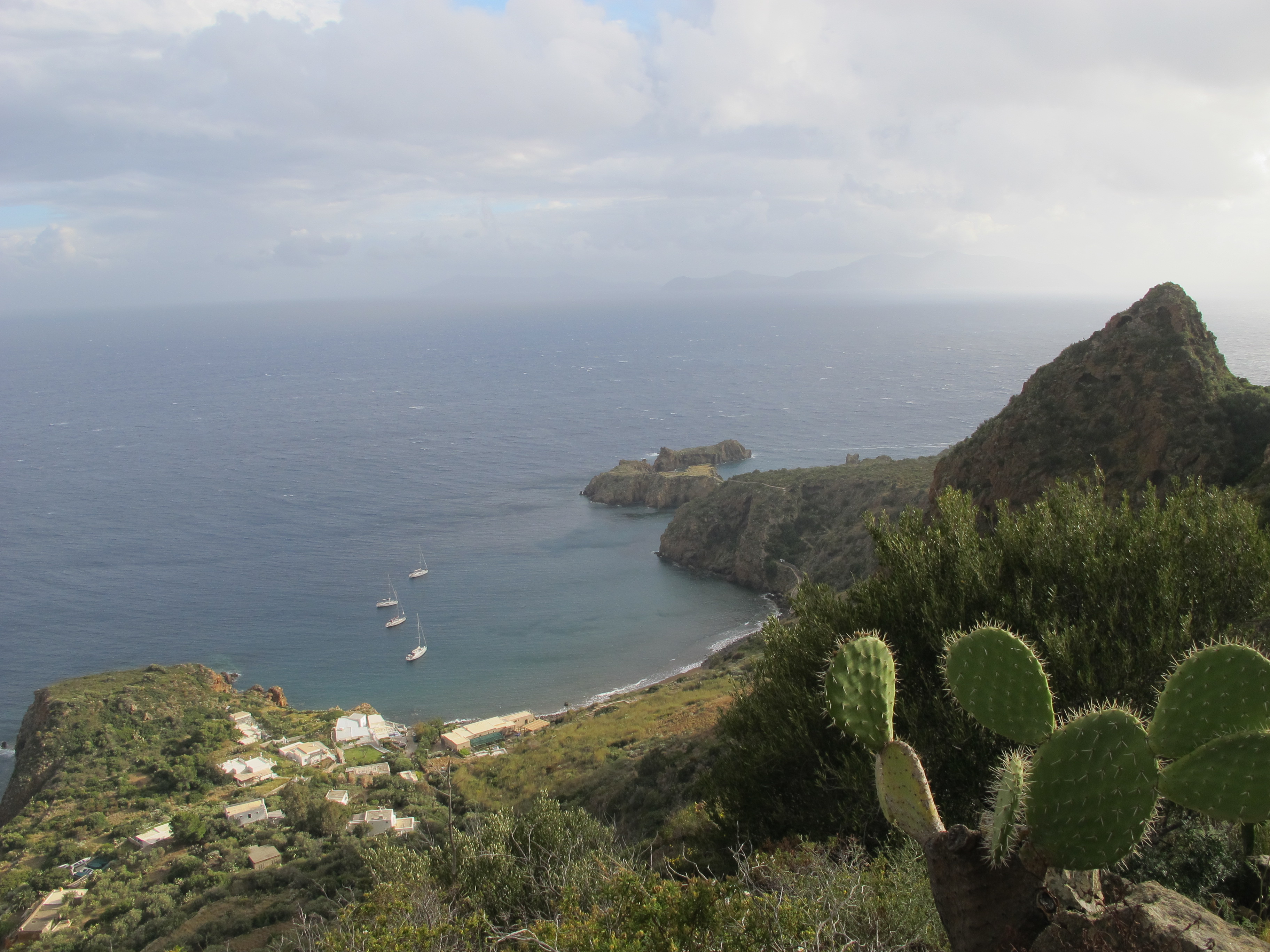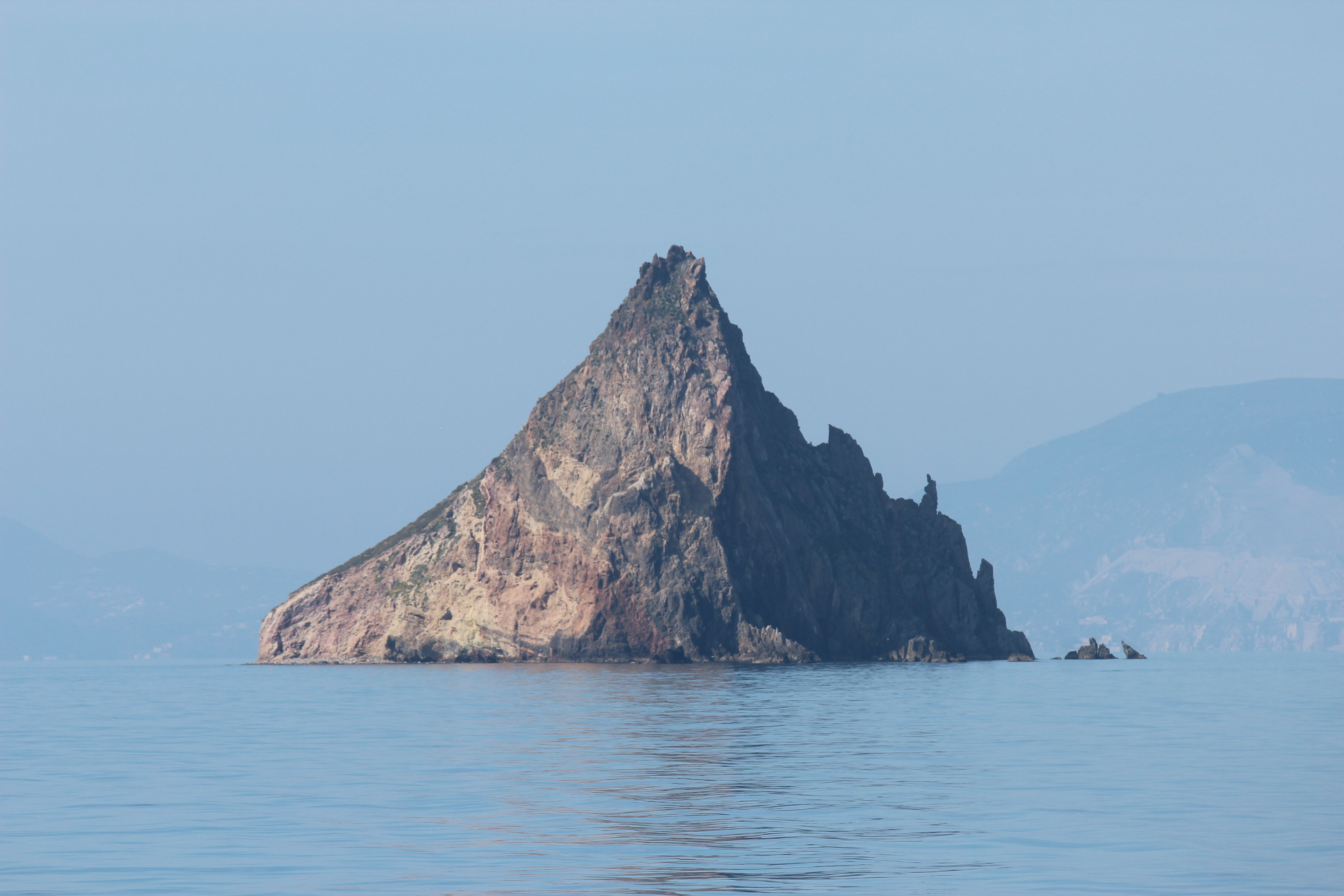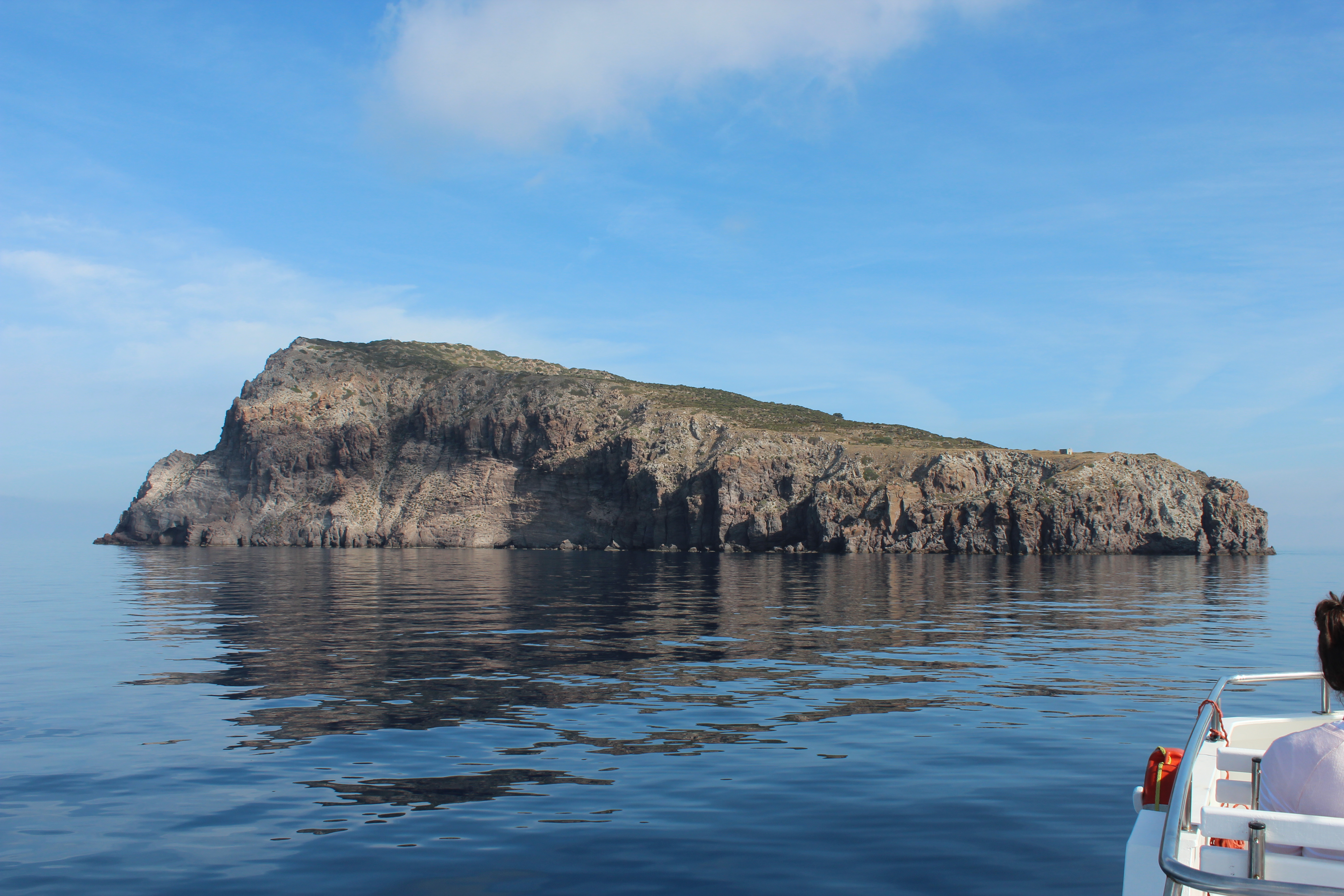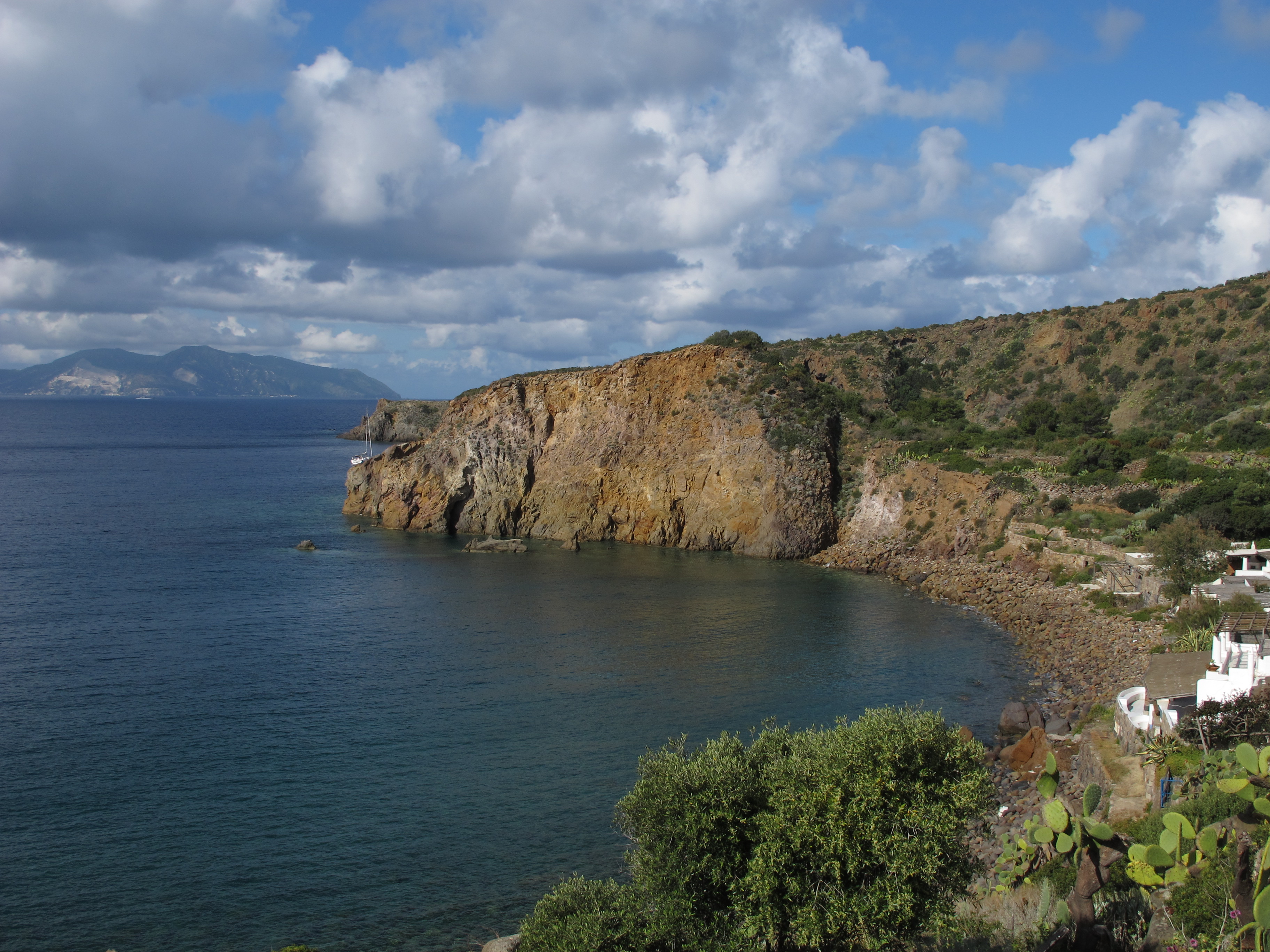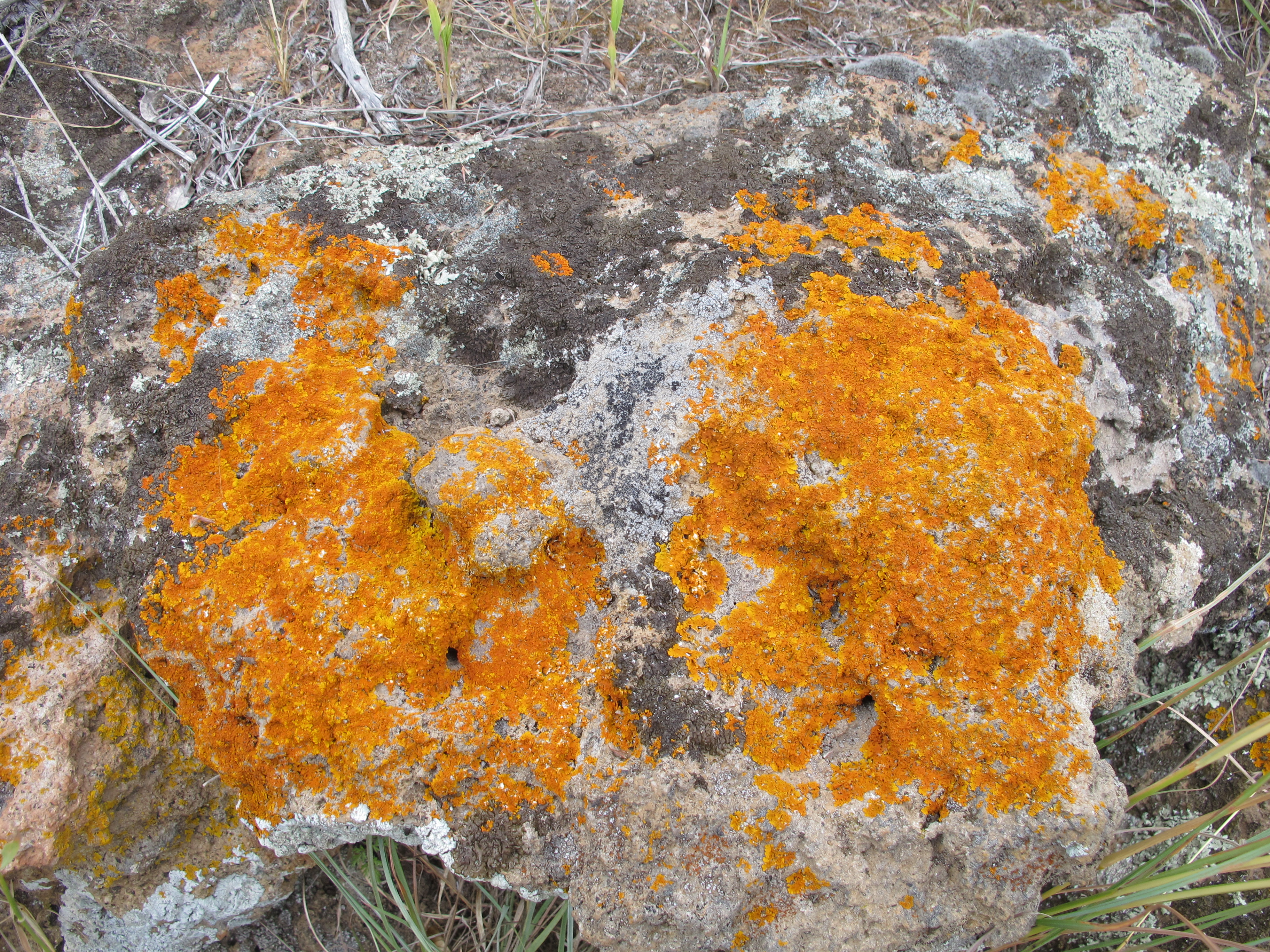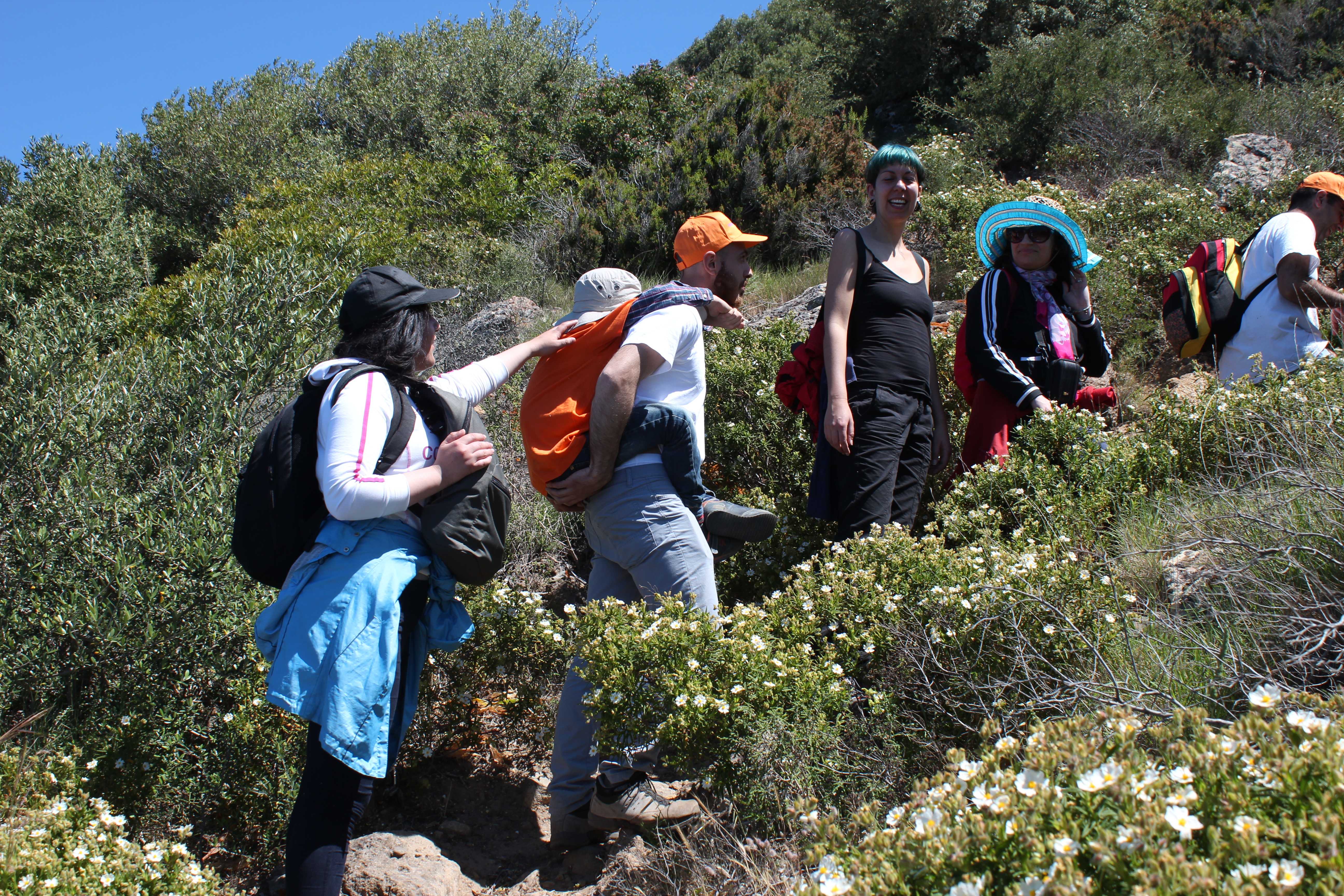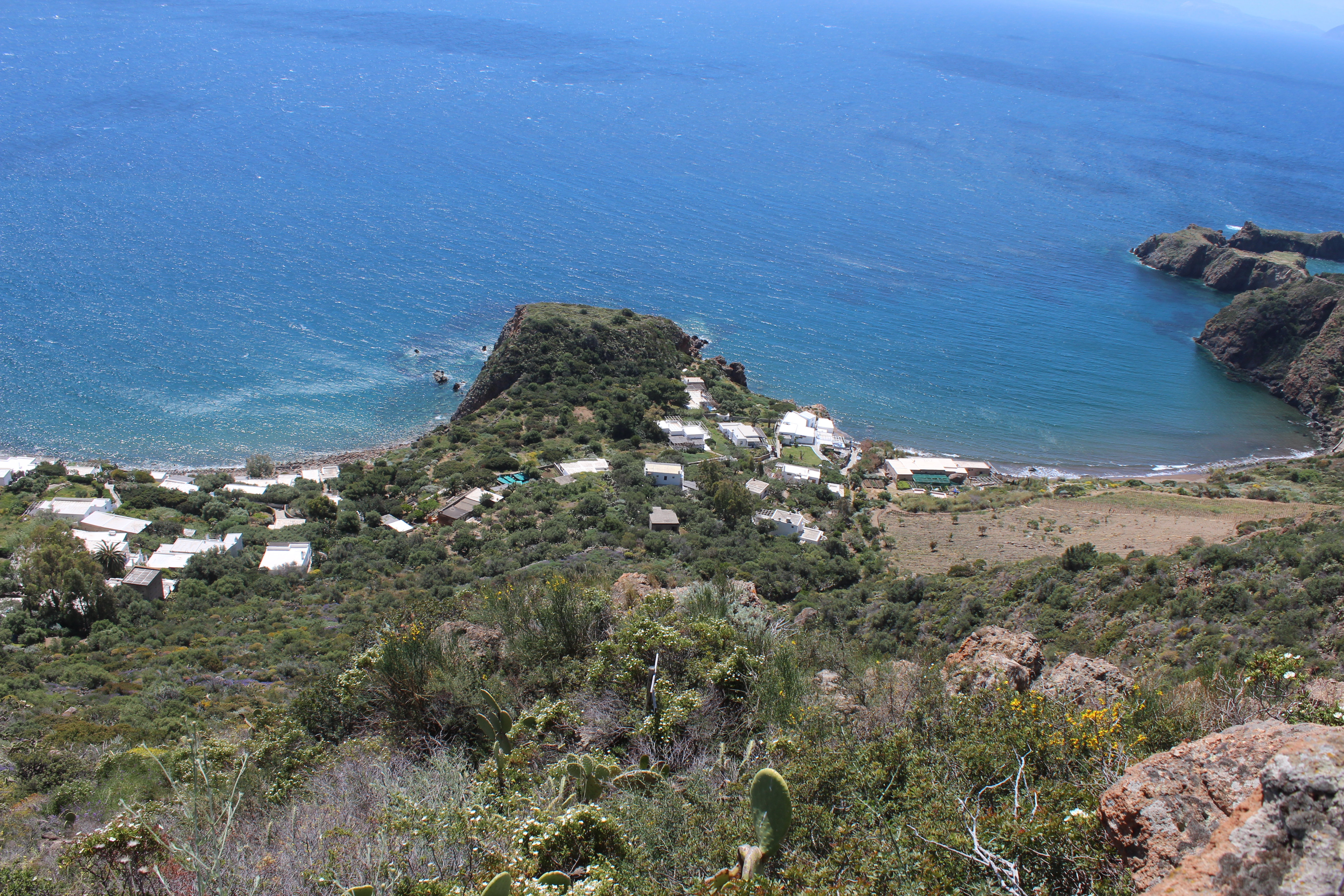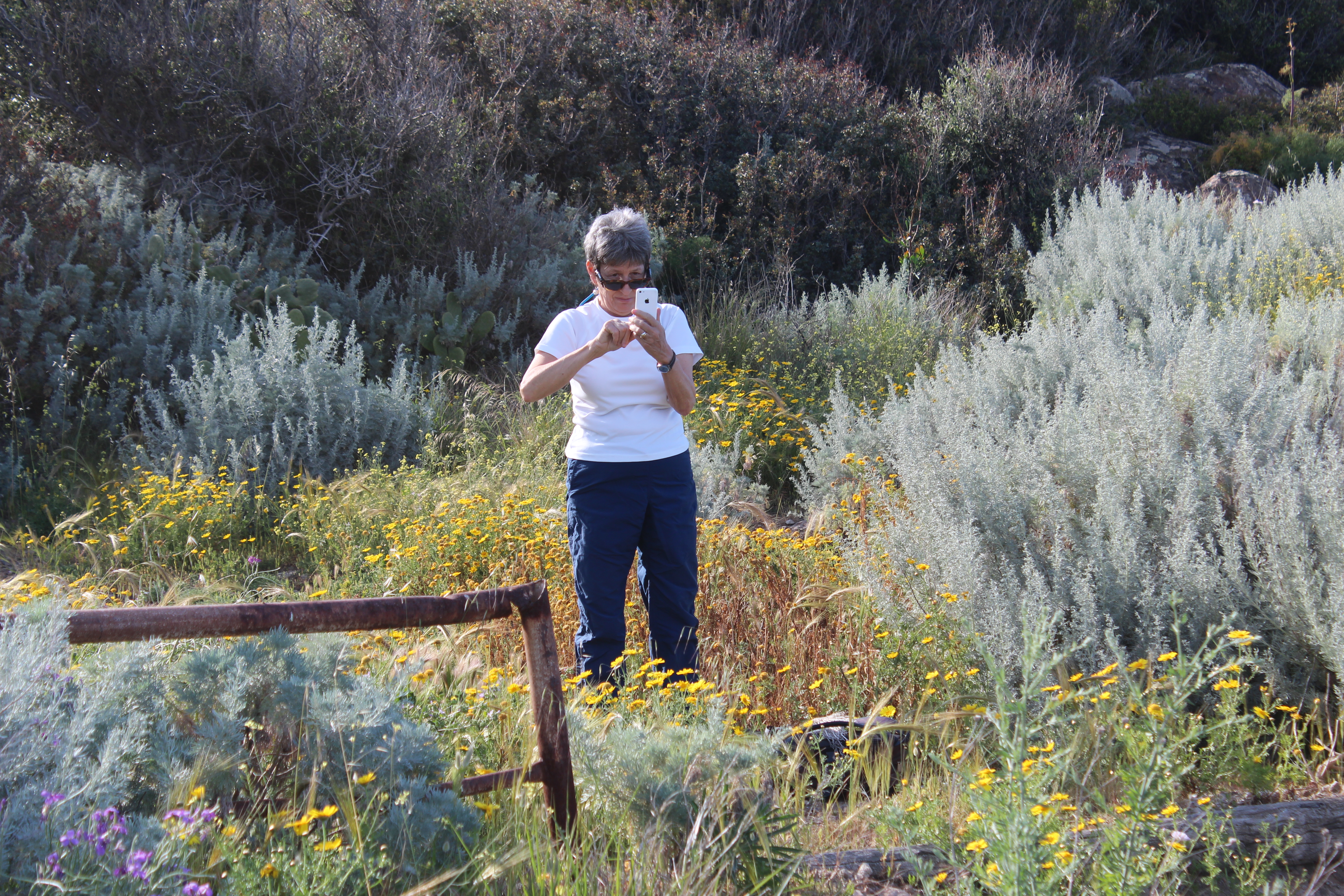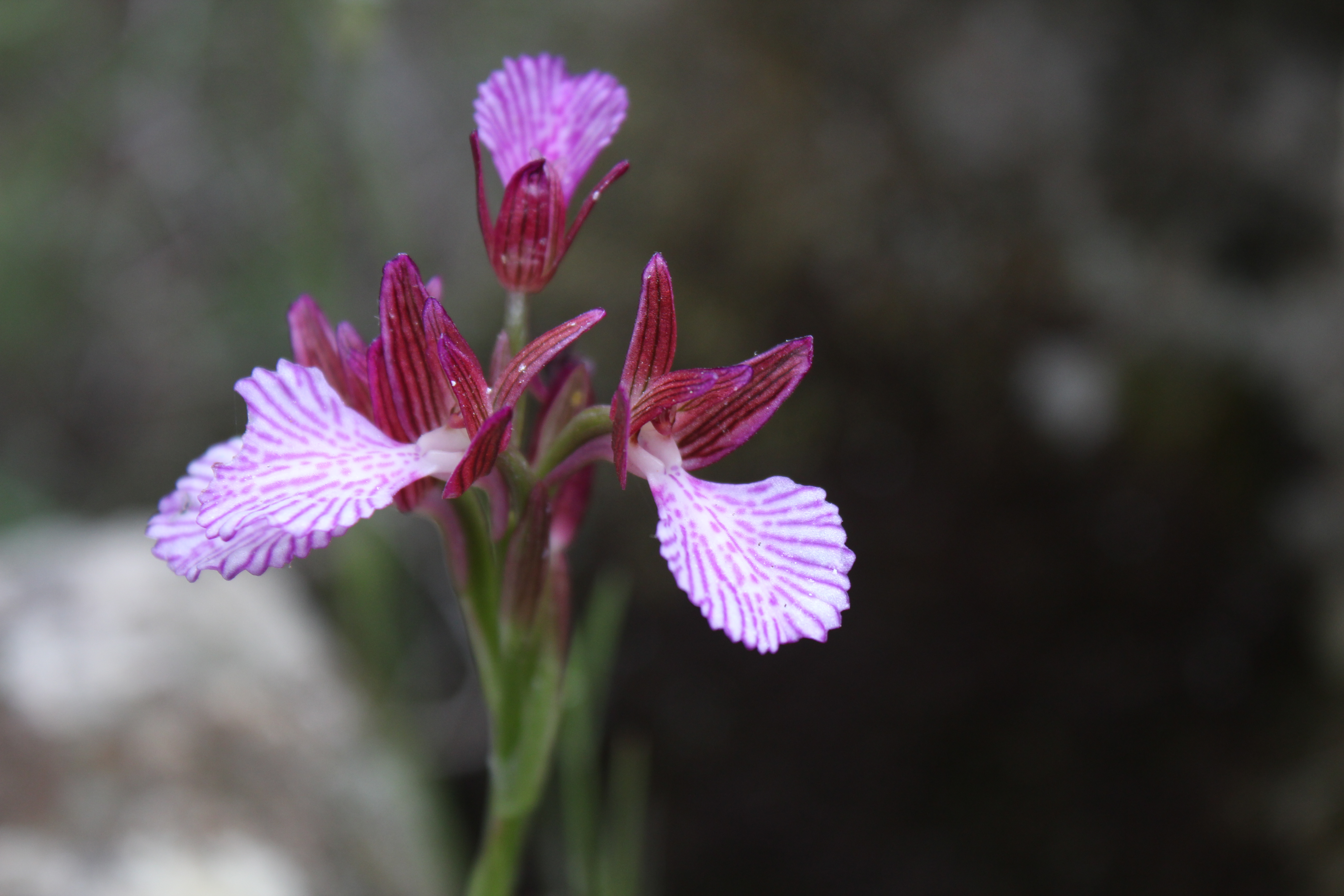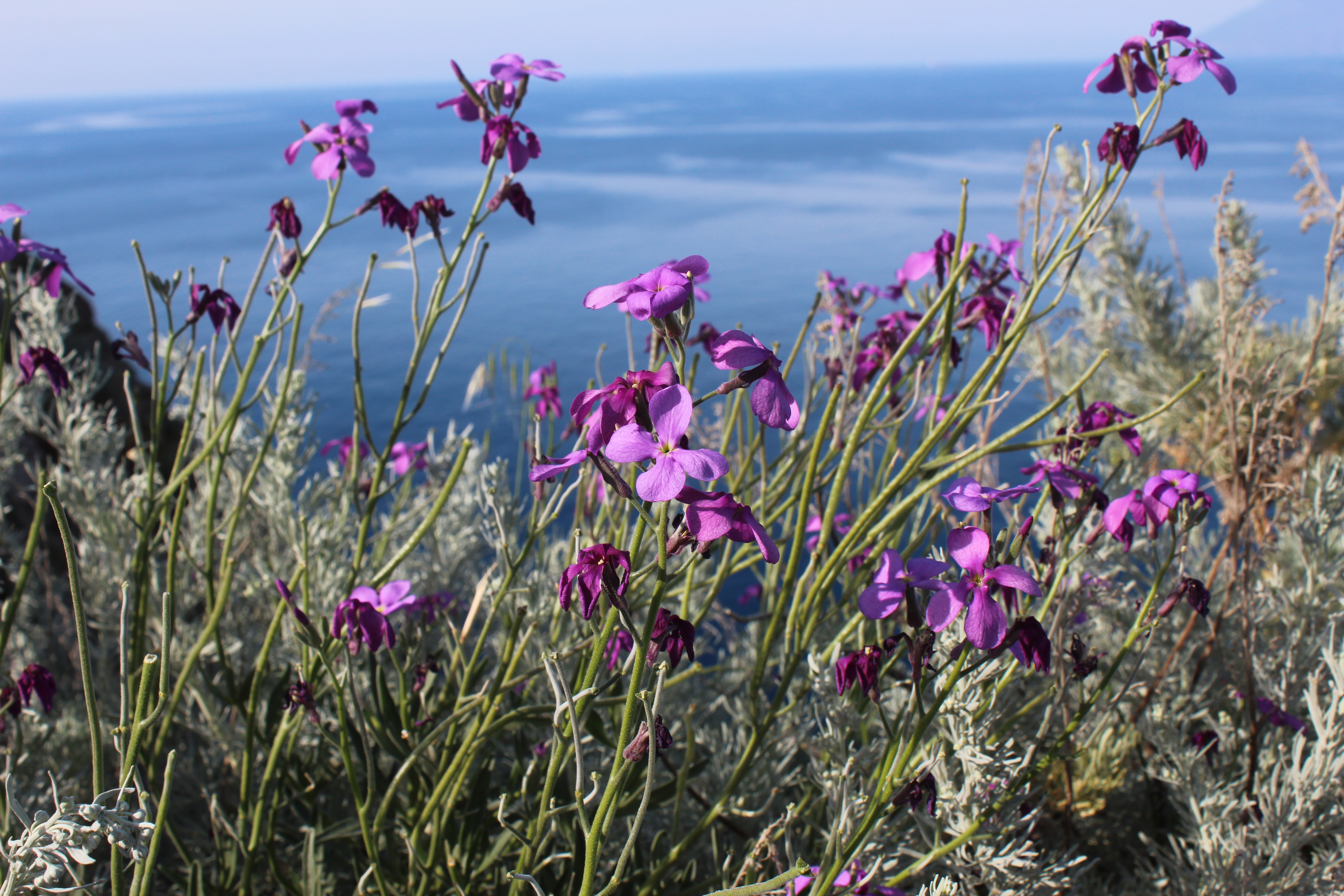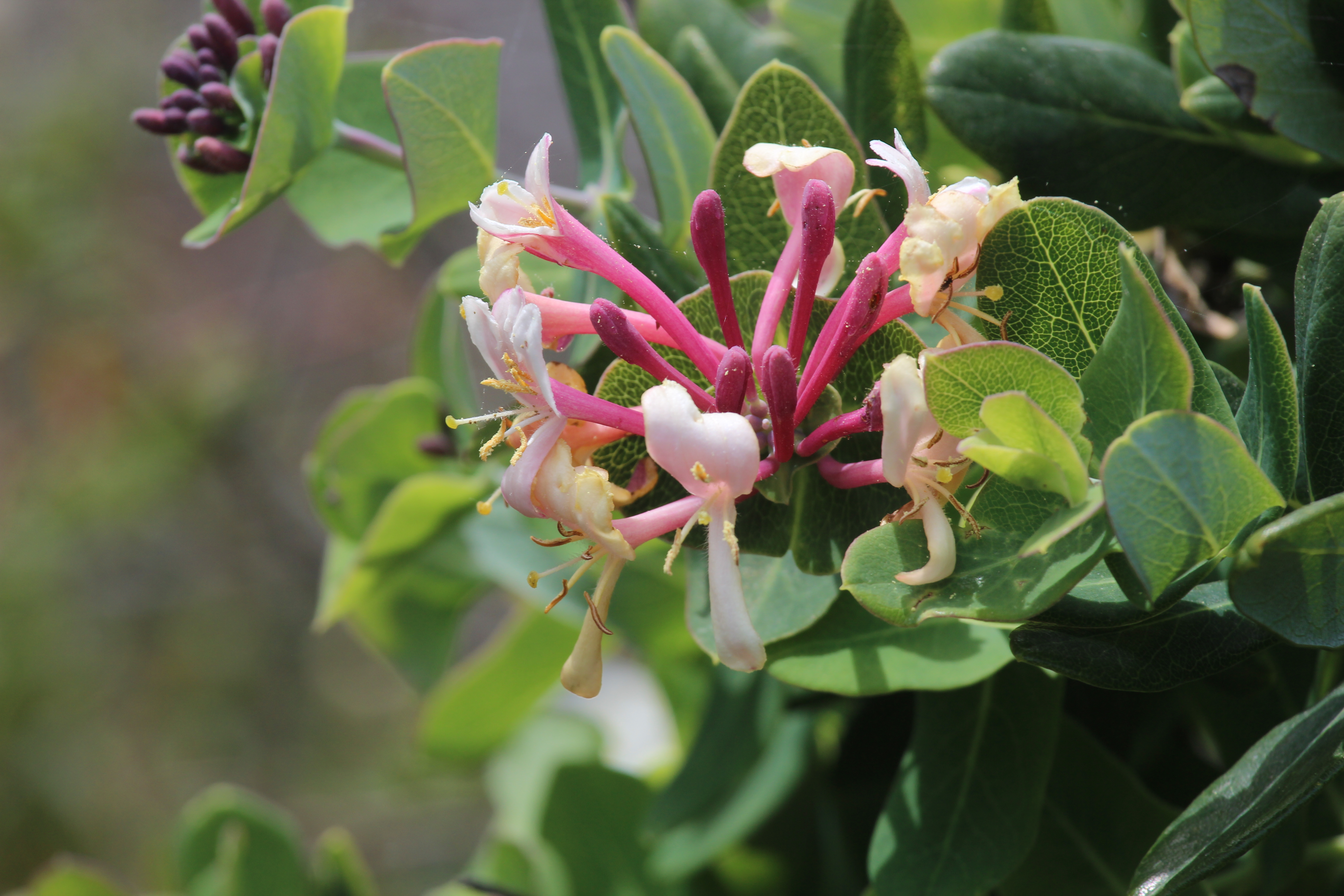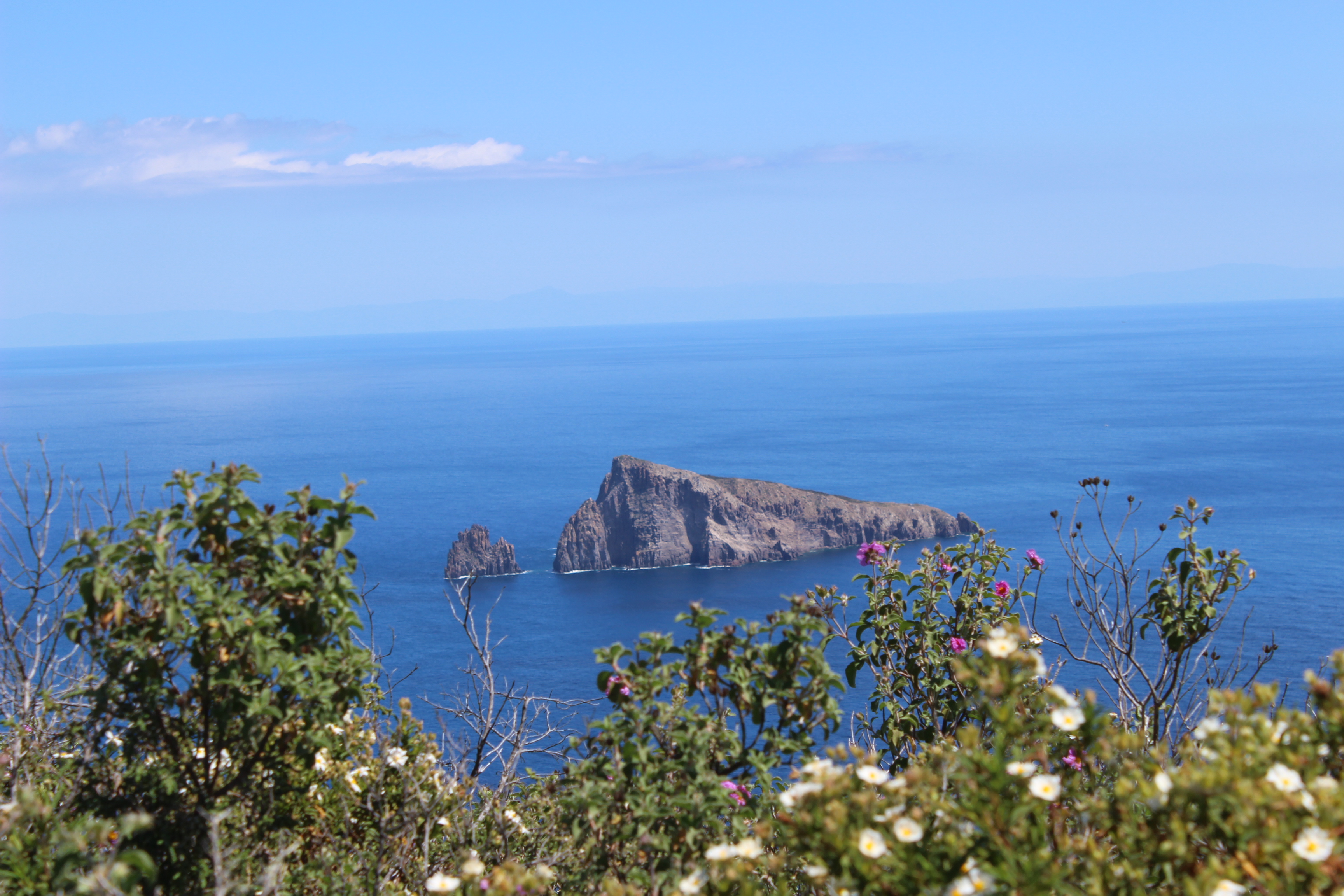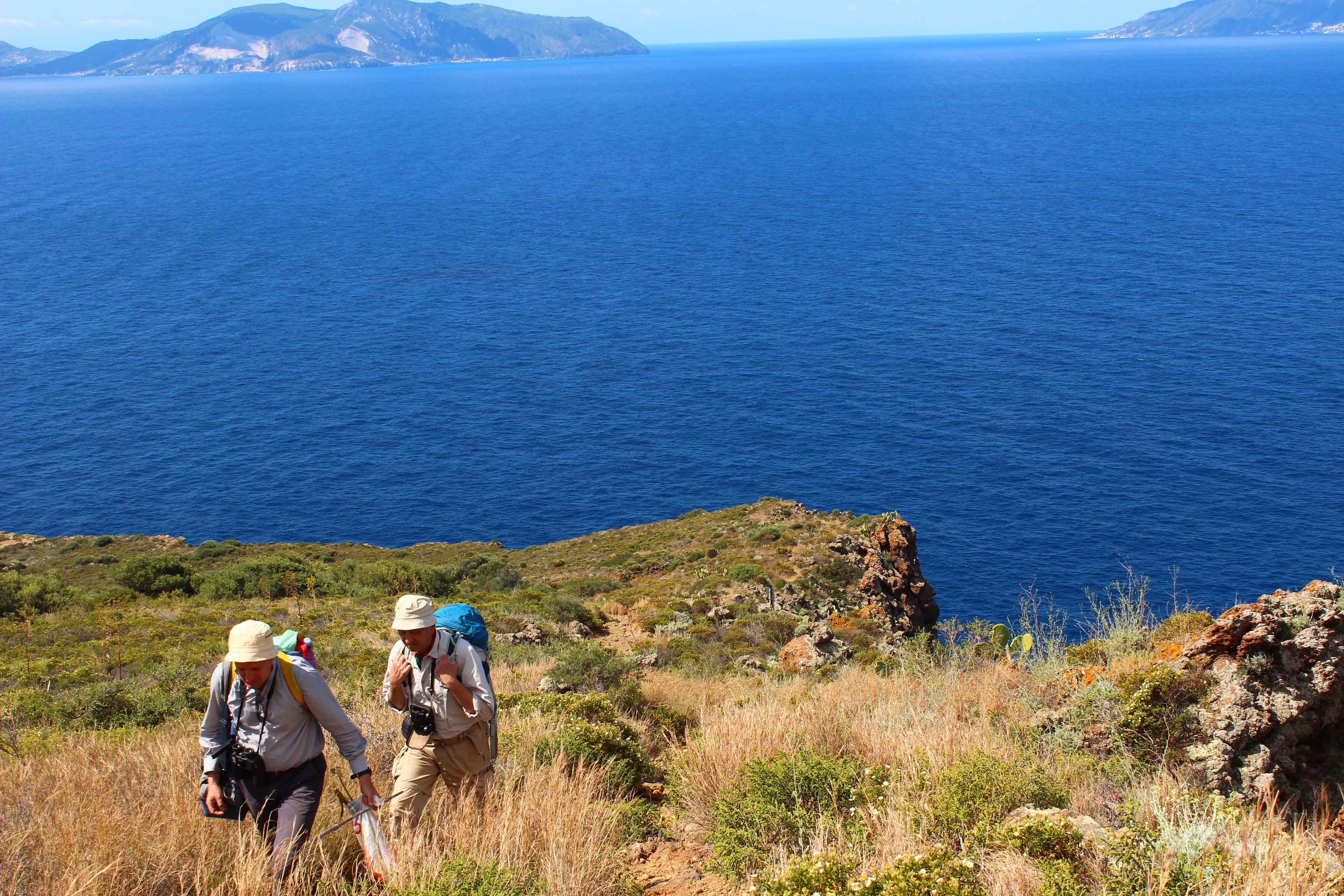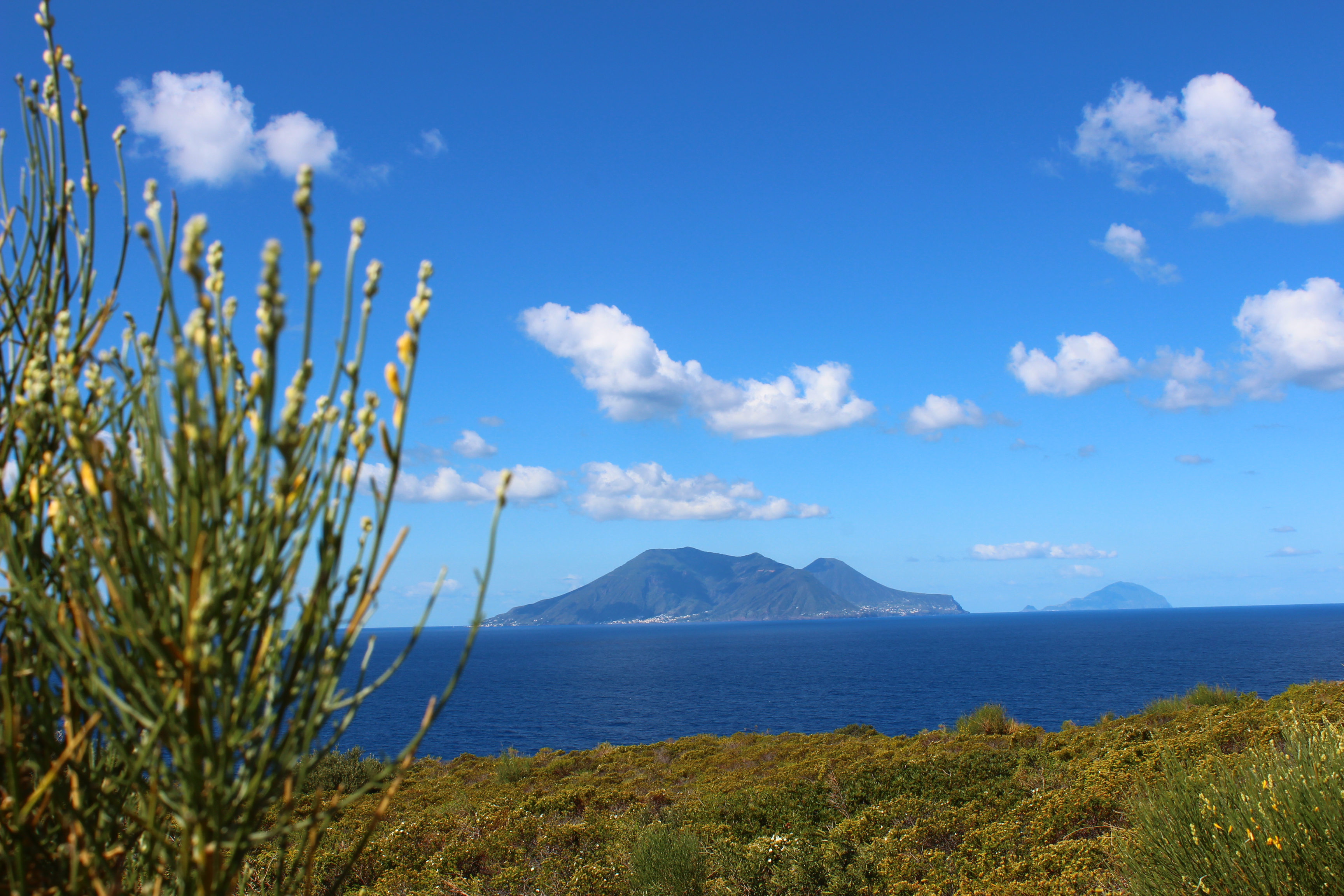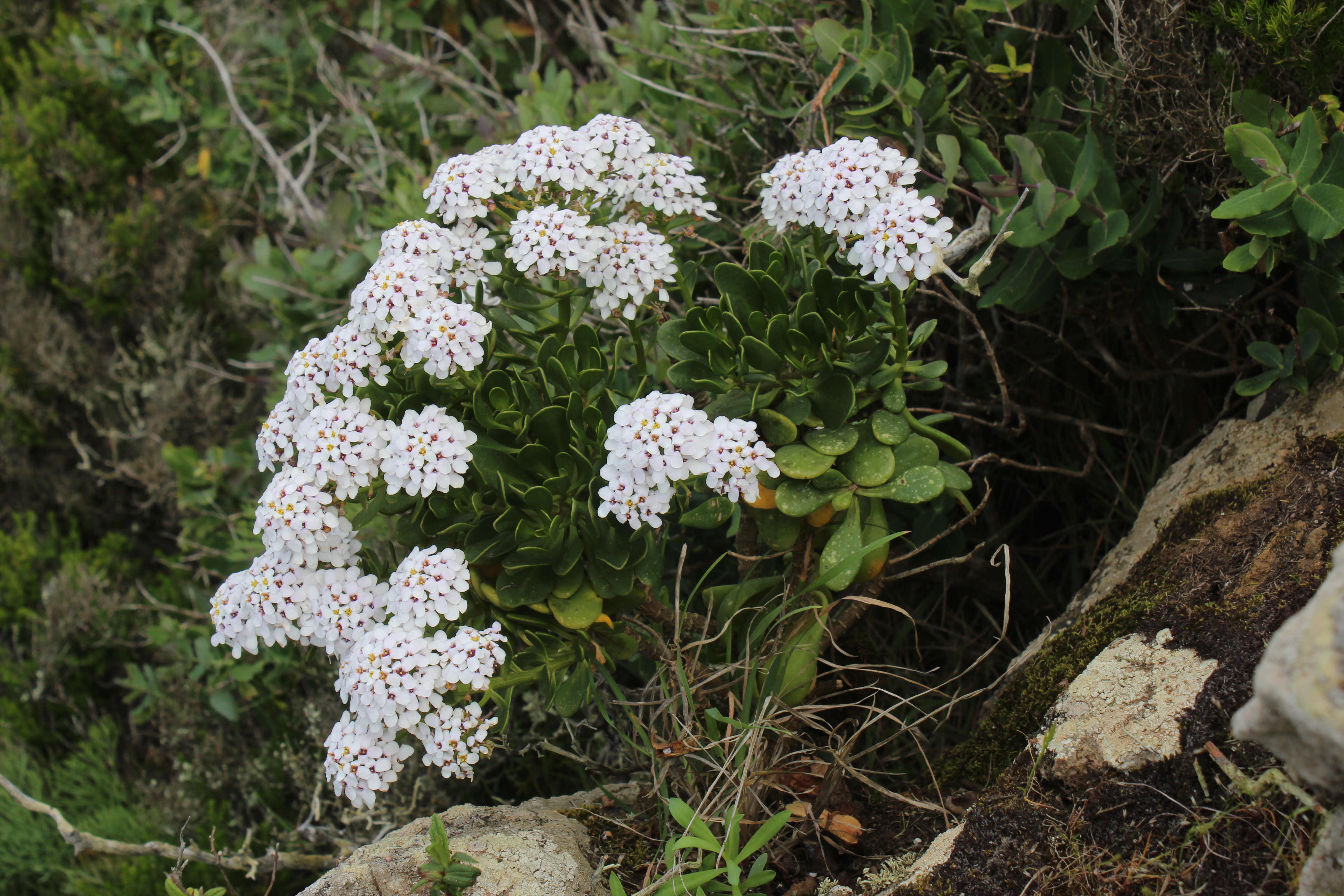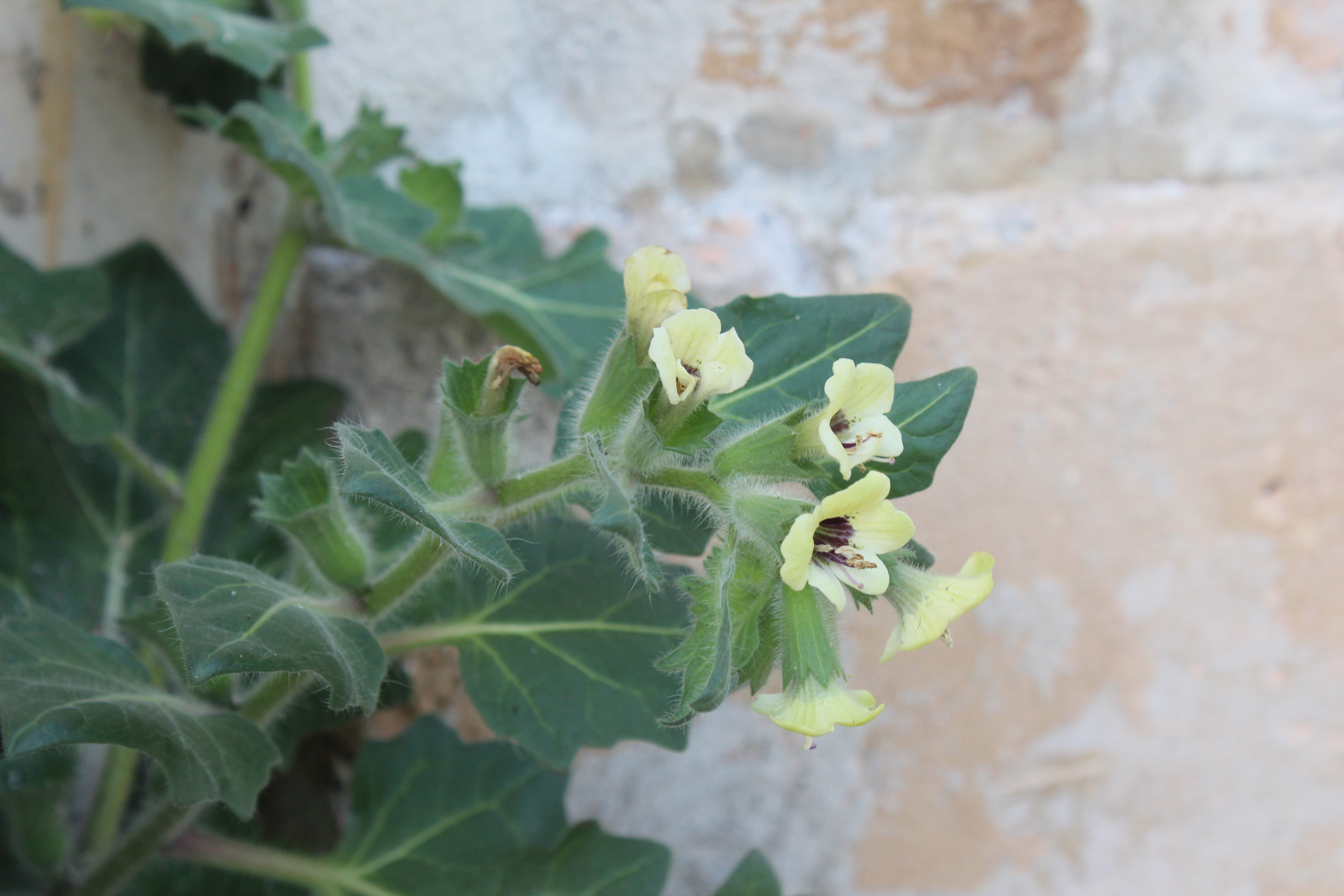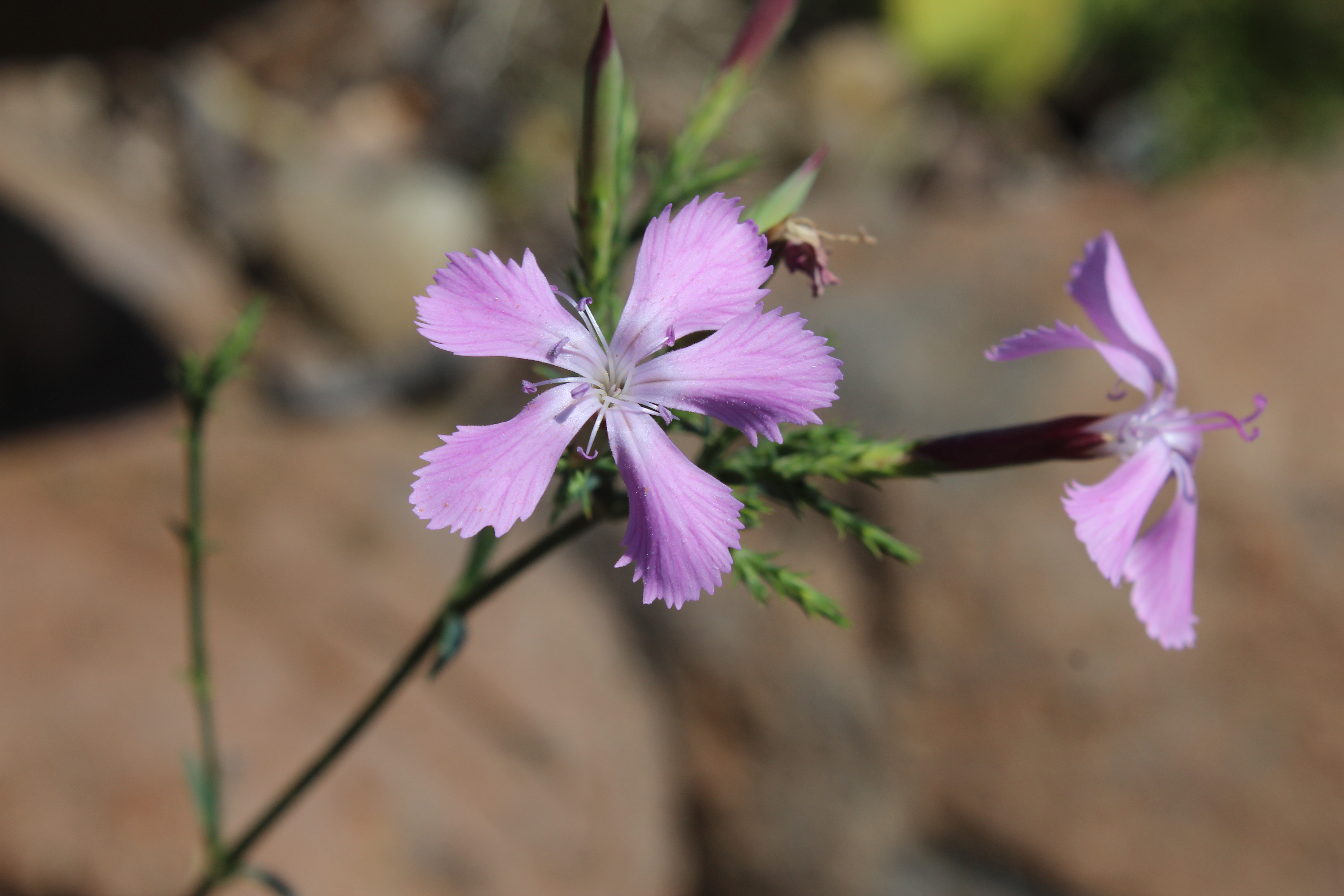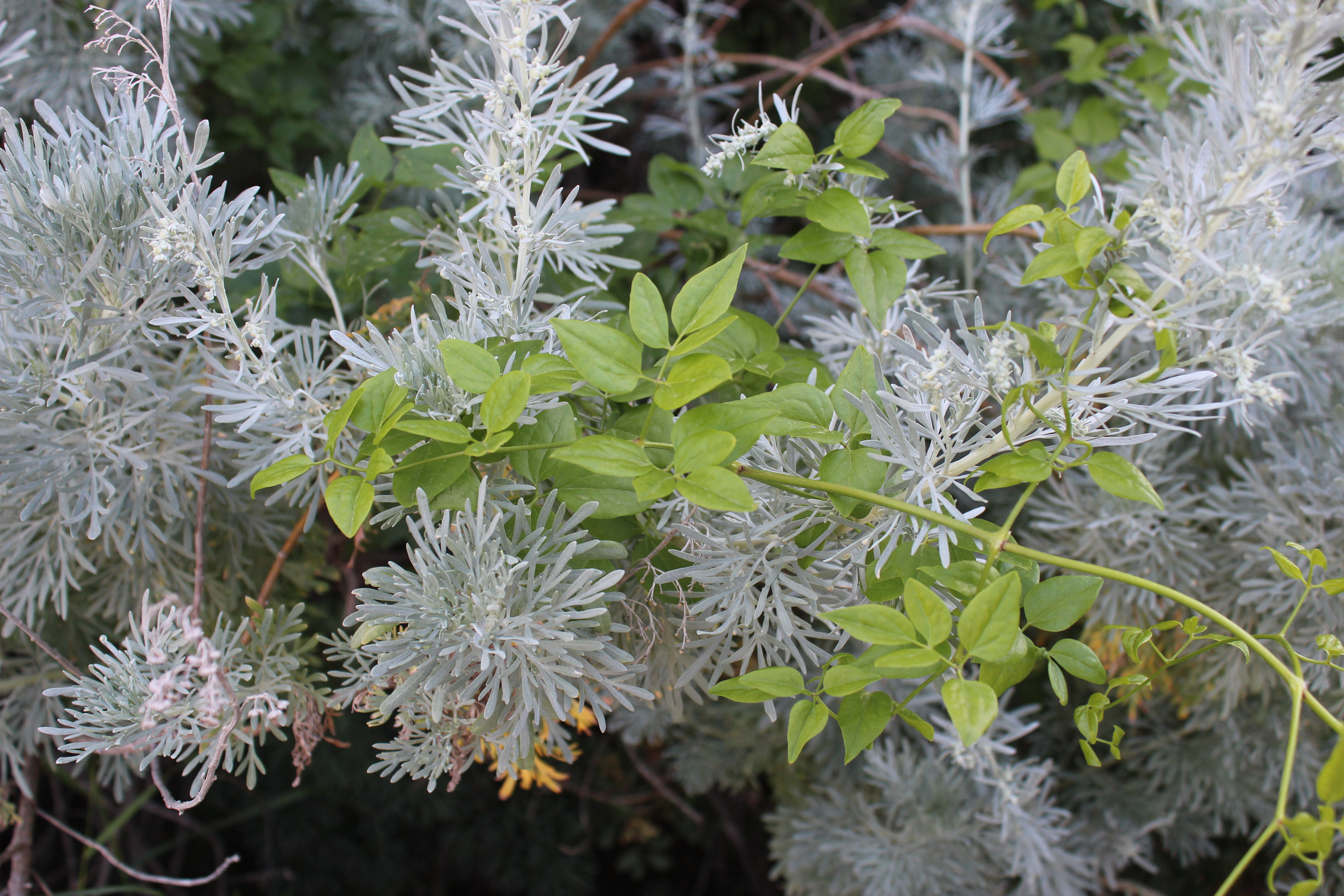
Panarea Integral Nature Reserve
This post is also available in:
 Italiano (Italian)
Italiano (Italian)
Text by Pia Meda, botanical journalist.
Photos by Rossella Picone, Alessandro Crisafulli, Paola Motta, and Federico Basso.
Panarea, a World Heritage Site acknowledged by UNESCO, is an Oriented Nature Reserve managed by the State Forests of the Sicilian Region. It covers some 840 acres and is the smallest of the Aeolian Islands – the archipelago off the north-eastern coast of Sicily.
Densely populated and extensively cultivated until the middle of the last century, today it appears as a set of landscapes where spontaneous vegetation grows on stretches of terraced land abandoned in the 1950s and the 1960s, following massive emigrations.
Thanks to an important intervention by Turin’s FAI (Italy’s National Trust) that keeps the paths clear of brambles and the Mediterranean scrub, Panarea can be visited and thoroughly explored on foot.
However, it should be remembered that neither cars nor motorcycles are allowed anywhere on the island. In any case, Panarea is, from a naturalistic point of view, one of the islands of greatest interest in the whole archipelago.
Mainly abundant on the cliffs of the western slope, there are interesting or rare plants such as Seseli bocconi, Iberis semperflorens), Dianthus rupicola subsp. aeolicus, Centaurea aeolica, Matthiola incana subsp. rupestris, Lomelosia cretica, and the very rare Silene hicesiae: a member of the Caryophyllaceae family with white flowers tinged with pink shades.
In this area of Panarea, in the stretch between Punta Scritta and Castello di Salvamento, it is not uncommon to see Eleonora’s falcons (Falco eleonorae) circling in the sky.
On the eastern side of the island, from the sea level to 1.381 ft of altitude, there are several terraces once cultivated with wheat, vegetables, legumes and olive trees – today, they’re populated by olive trees (Olea europaea var.sylvestris), strawberry trees (Arbutus unedo), heather trees (Erica arborea), Spanish broom (Spartium junceum), and the endemic Genista tyrrhena broom.
Finally, in this area of Panarea, there are large groves of white or Montpellier cistus (Cistus monspeliensis) and the pink-flowered ones (Cistus criticus subsp. eriocephalos).
Two paths can be enjoyed in half a day’s time: the first runs from the town of Drautto to Punta Milazzese, a promontory high above the sea, where there are the remains of a village dating back to the Middle Bronze Age (XIV-XIII century BC). The second path, definitely more challenging, starts just outside the town of San Pietro and reaches “Punta del Corvo” (1.381 ft).
They are both highly evocative and interesting routes, plunged into luxuriant vegetation and offering wonderful views of the nearby rock formations and the other islands of the archipelago.
PANAREA PROJECT
The Panarea Project was born thanks to the “Young FAI” team from Turin, part of Italy’s National Trust (FAI)
Since 2011, every spring, the “Young FAI” – helped by young people from all over Italy – has thoroughly removed brambles and Mediterranean scrub from the paths of Panarea.
The “Panarea Project” includes work camps (lasting a week) and is supported by hotels, restaurants, and local establishments.
For more Info: FAI Turin Delegation, tel. 011 530979, mail: faigiovani.torino@fondoambiente.it.
FAI PROPERTIES IN PANAREA
FAI (Fondo Ambiente Italiano – Italy’s National Trust) owns a small plot of land in Panarea. Donated by Piero Di Blasi in 1977, it covers about 386.000 square miles offering a splendid view of the islands of Lipari, Salina, and Vulcano.
It can be reached on the path that leads from Drautto to Capo Milazzese, turning right just before reaching the archaeological area. There’s an olive grove which has been abandoned for decades, among stones, olive trees (Olea europaea) and carob trees (Ceratonia siliqua); Montpellier cistus (Cistus monspeliensis), heather (Erica arborea), mastic trees (Pistacia lentiscus), myrtle (Myrtus communis) and spiny broom (Calicotome villosa) are similarly abundant in this area.
EVENTS:
Every year, on June 29, the island of Panarea celebrates its patron saint, St. Peter.
It is a day of celebrations featuring music, dances, folkloristic events, but, above all, by a procession that goes across the town. It starts from the church of St. Peter and carries the statue of the saint – decorated with flowers – all the way to the harbour. The procession continues by boat, from Cala Junco to Calcara beach.
This post is also available in:
 Italiano (Italian)
Italiano (Italian)
Contatti
Hotel Cincotta, via San Pietro Panarea, Lipari (Messina) - 98050 Lipari(ME)
090 983014
info@hotelcincotta.it



